NASA Rover Discovers Boulder “Never observed before” on Mars
NASA Perseverance rover has come across an unusual boulder while scanning a large crater on the surface of Mars, which may potentially shed insight into the lift that once existed on the planet.
The recent discovery could help scientists better understand the complex geology of the Red Planet. Its unique positioning has led researchers to suggest an ancient river may have flowed through the region, and the remains of such could help scientists better understand the evolution of life in our solar system.
Perseverance Rover Sent to Mars
NASA sent the Perseverance rover to Mars in 2021 as part of a program to survey an ancient crater lake and collect various rock samples, which it will later return to Earth.

Source: Wikimedia
Although the rover’s primary objective was accomplished last year, its mission is far from over. It will continue to investigate parts of the Red Planet for many years to come. The year 2031, holds a promise of a potential leap forward in space exploration as the rover is set to send home samples from the planet for the first time.
The Search For Life on Mars
According to NASA, “The mission takes the next step by not only seeking signs of habitable conditions on Mars in the ancient past but also searching for signs of past microbial life itself.”
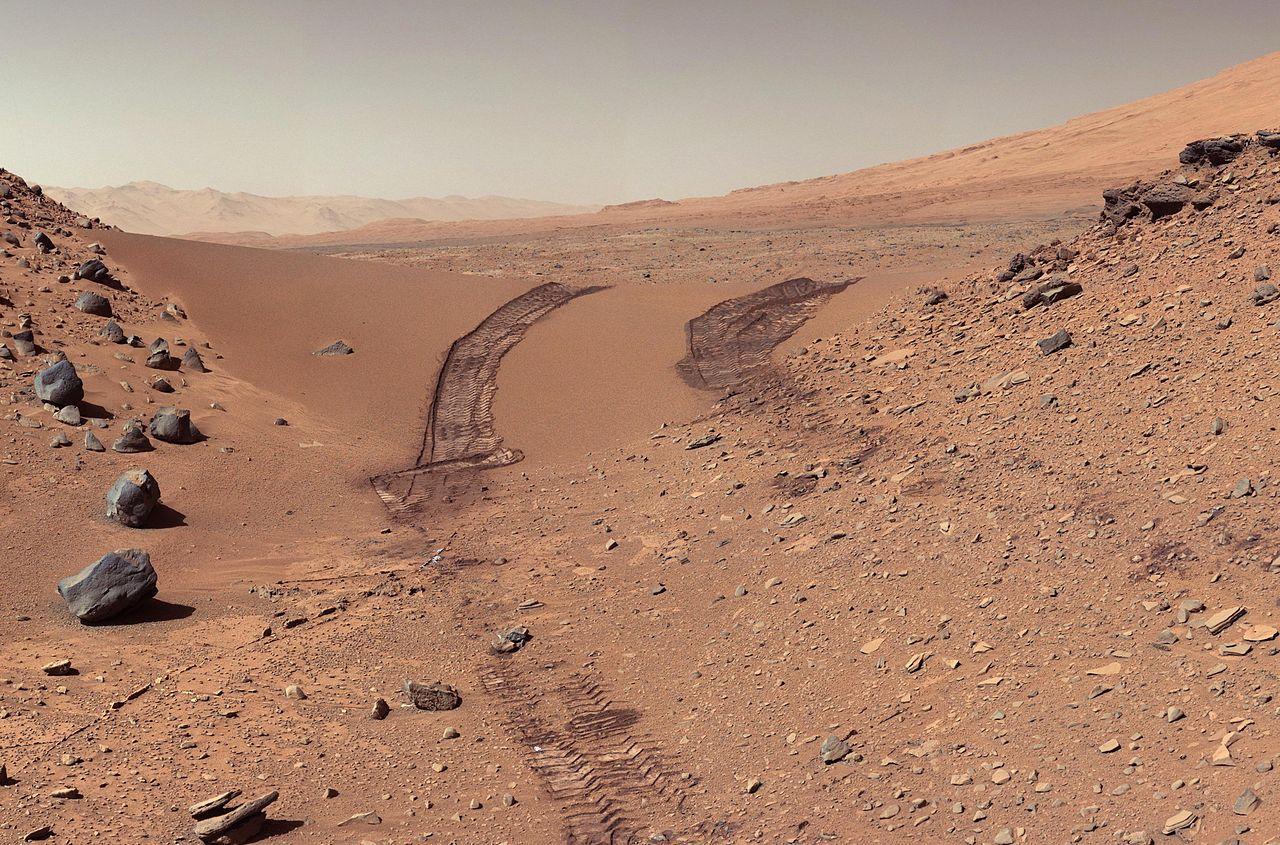
Source: Wikimedia
Recently, the lone rover stumbled across an unusual find while exploring an ancient crater on the surface of the Red Planet, which caught the attention of many NASA scientists.
Unusual Boulder Spotted by the Martian Rover
The Perseverance rover had been exploring a dried river delta known as the Neretva Vallis when it spotted an unusual outcrop of boulders that caught the attention of researchers.

Source: Wikimedia
According to NASA researchers, the boulders lay on a hill called Mount Washburn and were described as “a type never observed before on Mars.”
One Boulder Catches the Researcher's Attention
The find came as a surprise, as the rover was initially traveling to a region to examine sediment that may shed insight into the Red Planets’ long history.
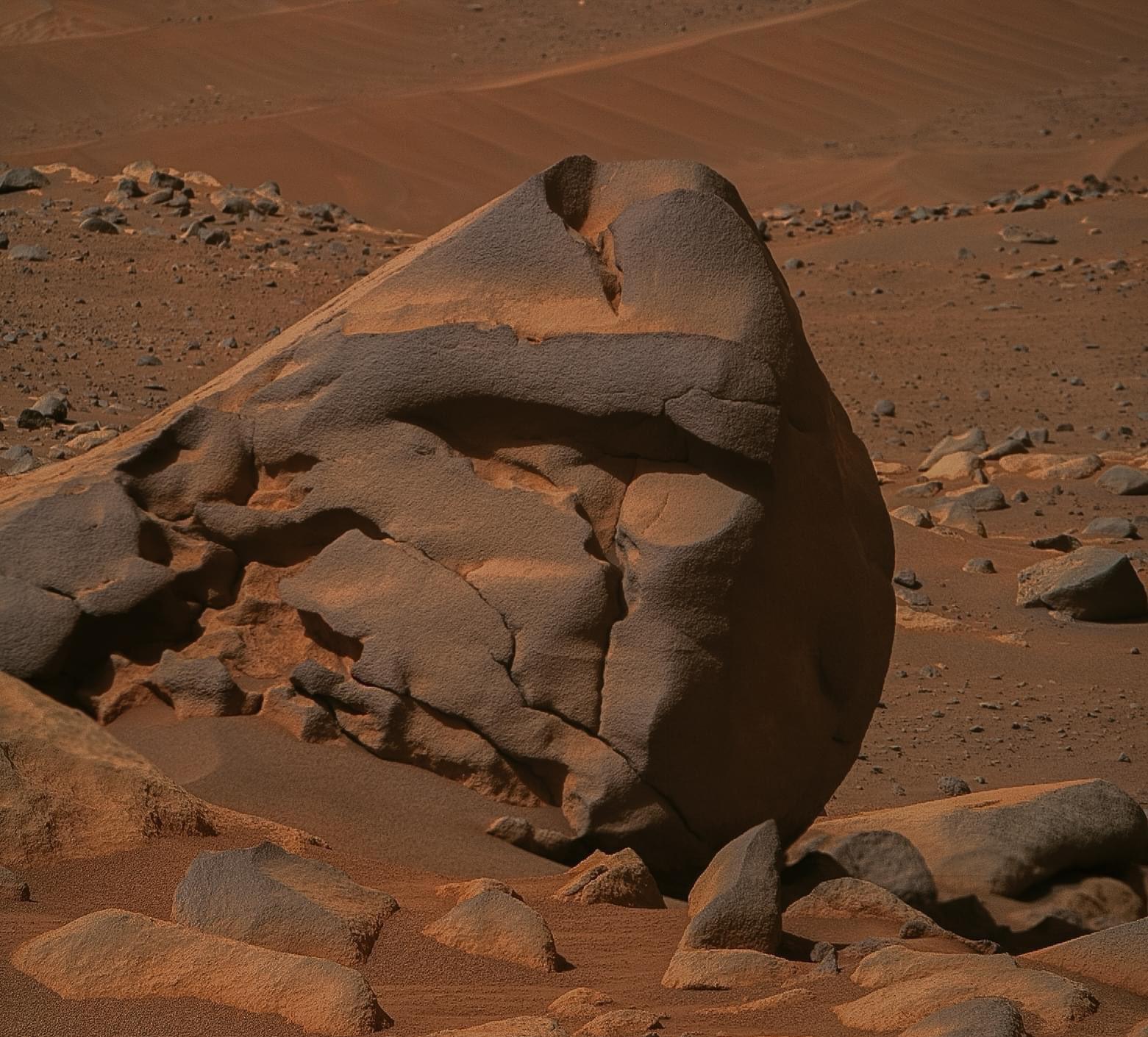
Source: @AvatarDomy/X
Further inspection of the rocky hill led to the discovery of an unusual light-covered boulder that greatly intrigued the scientists. It was approximately 18 inches across and 14 inches tall and stood out from the others on the hill, per CBS.
Researchers Discuss the Light-Coloured Boulder
During a statement, Brad Garczynski of Western Washington University, who co-leads the current Perseverance mission, explained why the scientists were interested in the boulder.

Source: Wikimedia
“The diversity of textures and compositions at Mount Washburn was an exciting discovery for the team, as these rocks represent a grab bag of geologic gifts brought down from the crater rim and potentially beyond,” he said. “But among all these different rocks, there was one that really caught our attention.”
Researchers Conduct Tests on Atoko Point
Garczynski and his colleagues later ascribed the boulder Atoko Point. They conducted further investigations using the rover’s instruments, which revealed it was comprised of the minerals feldspar and pyroxene.

Source: Freepik
According to the researchers, the boulder’s overall composition, including its minerals, as well as its shape and size, have placed it “in a league of its own.” This unique composition could provide valuable insights into the geological history of Mars and the processes that shaped its surface.
Magma Below the Surface of Mars
Data sourced from NASA and the US Geological Survey explains that feldspar and pyroxene are fairly common, being found deep in the Earth’s crust and on the moon.
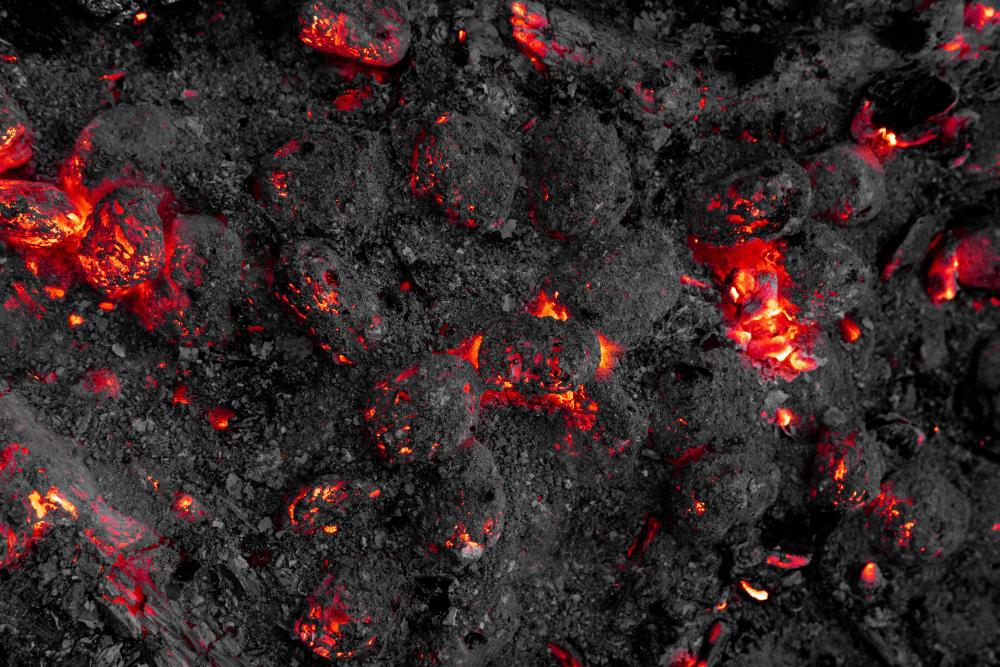
Source: Freepik
The appearance of minerals on Mars has led some NASA researchers working on the Perseverance project to theorize that Atoko Point may have originated from magma that once sat below the surface of the Red Planet.
Alternative Theories on the Origin of the Rock
Another theory about the light-colored boulder’s origin suggests it may have come from a separate part of Mars and been dragged to its current location by an ancient river that has since dried up.

Source: Freepik
Nonetheless, as the rock remains the only one of its kind thus far, it is an enigma. NASA researchers have suggested there must be boulders with a similar composition elsewhere on the planet.
Understanding the History of Mars
Researchers hope the Perseverance rover will continue encountering unusual anomalies, such as the Atoko Point boulder, which will help them better understand Mars’s history.
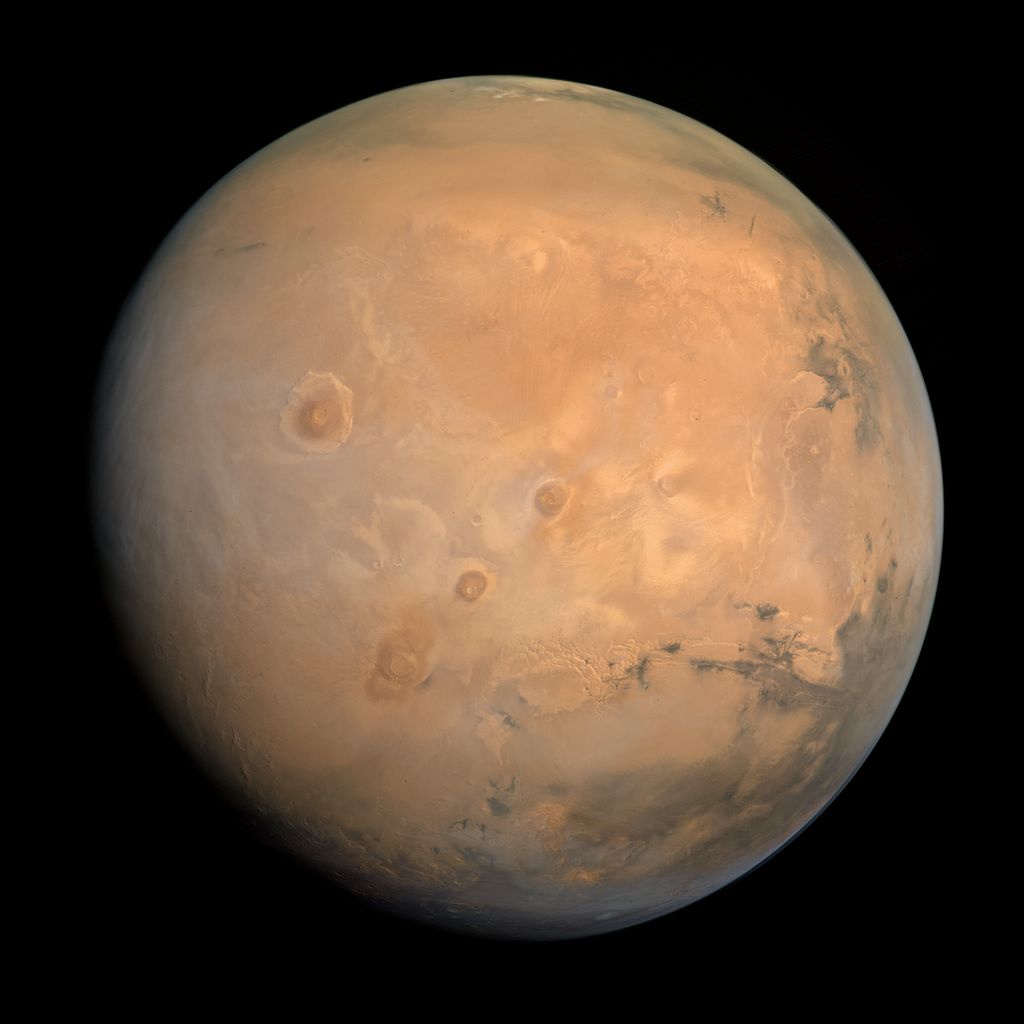
Source: Wikimedia
NASA researchers are eagerly awaiting 2031, as this is the date set for the Mars Sample Return, which aims to bring back samples from the Red planet.
The Mars Sample Return
Speaking on the possibility of bringing samples to Earth from Mars, the mission’s project scientist, Ken Farley, said, “The idea of bringing a sample back from Mars goes back decades.”
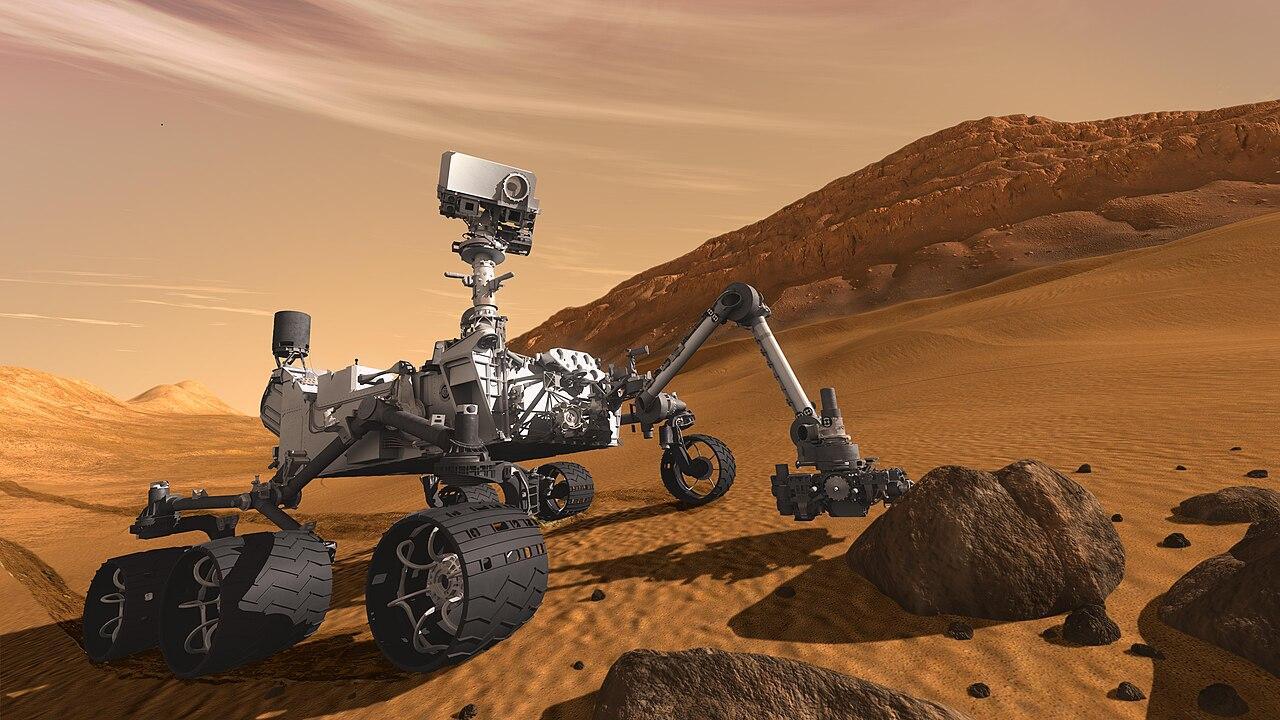
Source: Wikimedia
He continued, “We are in a position now where if everything goes according to plan, samples will be coming back to Earth in 2031. That sounds like a long time, but this becoming a reality has always been ten years away since I was in grad school. Now we are actually doing it.”
The Evolution of Life in the Solar System
While the MSR project has experienced setbacks, including technical challenges and budget constraints, researchers are still hopeful they’ll be able to obtain samples from the red planet in the next decade.

Source: Wikimedia
Investigating the makeup and composition of rocks on Mars will allow scientists to discern whether the red planet landscape may ever support human life while shedding insight into the evolution of life in our solar system.
